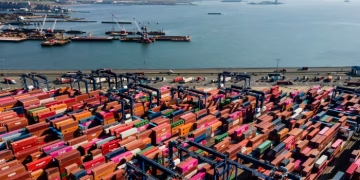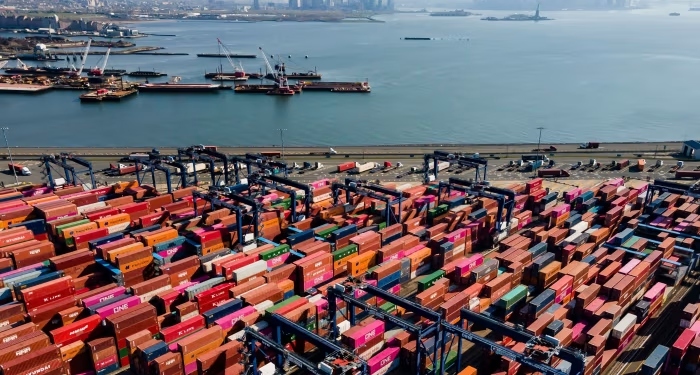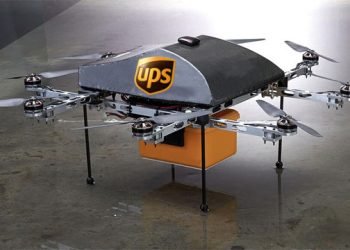By Maria Kalamatas | May 16, 2025
Jakarta —
There are too many containers—and not enough space to store them.
From Southeast Asia to South America, coastal terminals are facing an unexpected headache in 2025: empty container buildup. The irony? It’s not a sign of weakness in trade. It’s the aftershock of mismatched flows and fleet repositioning.
“We’re holding three times more empties than last year,” said a port supervisor in Jakarta. “And no one wants to move them unless they’re full.”
The issue stems from a growing imbalance. Major ports are receiving inbound loads from Asia and North America—but outbound volumes aren’t keeping pace. Containers are arriving, getting unloaded, and left waiting for their next job.
This wouldn’t be a problem—if it weren’t for space. Yards are jammed. Turnaround time is slowing. Inland depots are reaching capacity. And in some cities, empty containers are now being stacked in auxiliary zones far from the port.
Some carriers are moving empty units at a loss, simply to clear yard space. Others are trying to reroute through secondary hubs where land costs are lower. But the congestion is real—and rising.
The downstream impact? Delays in pickup appointments. Slower transloading. Bottlenecks in coastal feeder schedules. And for shippers needing outbound capacity, limited access to equipment that’s technically available—but not where they need it.
Ports are adapting—some faster than others. A few are digitizing yard planning to better match flows. Others are negotiating storage-sharing agreements between rival operators just to relieve pressure.
It’s not dramatic. Not yet. But as trade rebounds unevenly across regions, the humble empty box has become an unexpected obstacle.
And in the logistics chain, the smallest mismatch can ripple farthest.























